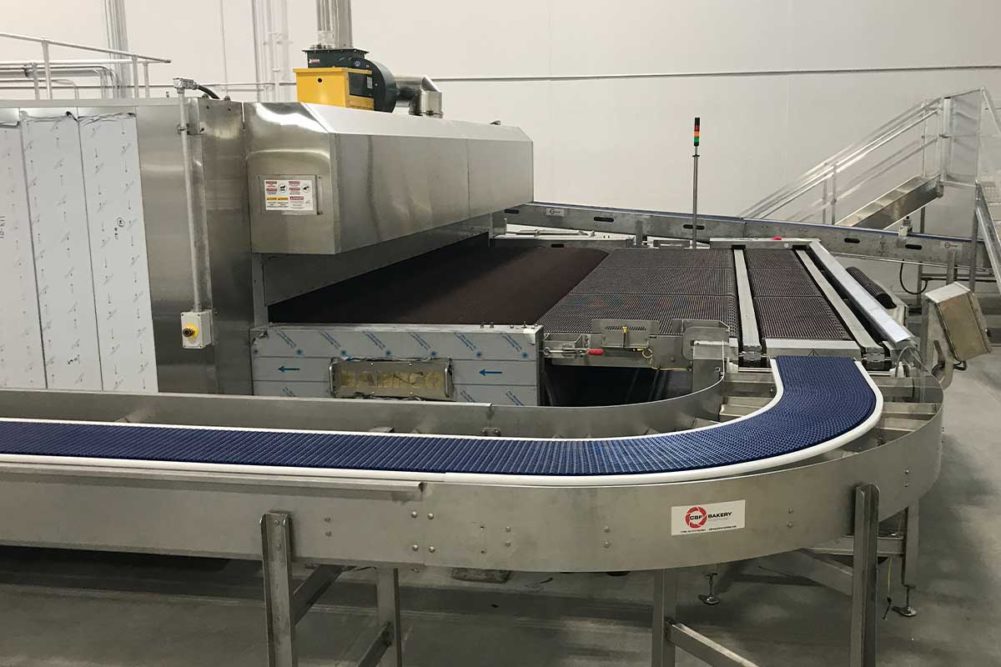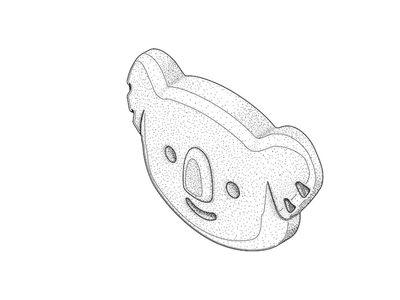Bakeries use all kinds of conveyors that can range in length from a few feet to hundreds of feet, and each has its maintenance challenges.
“A longer conveyor will certainly have a longer belt and significantly more wearable items such as rollers and carry way components,” said Kyle Schultz, engineer, Eaglestone Equipment. “There will also be more regular service points, such as additional drive motors, bearings, etc. The challenge this presents is the time required to service the entire conveyor, as well as the added cost of more replacement parts/belt material. As a result, some of this maintenance can be accidentally overlooked or delayed to meet production goals. This can lead to conveyors breaking down without warning. When this happens, production facilities are at the mercy of lead times and the current status of the global supply chain.”
Frank Achterberg, president, CBF Bakery Systems, said the weight of longer conveyors can lead to increased belt and sprocket wear as well as tracking issues.
“Longer conveyors are more susceptible to misalignment, resulting in friction, premature wear and potential breakdowns,” he said. “These challenges can be overcome by the use of lighter belting materials and side drives that would reduce the stress in the belting over extended lengths and through turns the installation of belt tracking systems.”
Improved designs mean it’s almost easier to maintain longer conveyors, said Dan Regan, president, Custom Cut Metals.
“Those longer conveyors we can design flip-up tops to allow for each end of the conveyor to flip up, and the belting has a sag in it that raises the belt above the frame itself and allows you to really get in there and clean,” he said. “With those shorter conveyors, you almost have to take the whole thing apart in order to get down into it and clean it.”
This article is an excerpt from the April 2024 issue of Baking & Snack. To read the entire feature on Conveyors, click here.





